Tools to help your relationship thrive
Navigation Tip:
The purpose of each Tool is labeled above its name to make it easier to find what you are looking for. Some of these tools address issues of a specific BEST Component, but others are more foundational and can be useful in addressing all of them. All of these Tools can help you increase positives and decrease negatives in your relationship. Look them over, and see which ones will be particularly helpful to the two of you.
You may notice that some of the Tools in this program are “easy” to pick up, like learning how to use a hammer, screwdriver or a pair of pliers. As you move through the program, you will notice that the tools you are learning are more advanced and require more practice before you become proficient with them, more like mastering a table saw or a lathe.
Be sure to take breaks as you try out these tools. You might need to step away for a day or even a week as you learn these new tools.
Increasing Positives
Resolving Conflicts
Framing: Finding Solutions by Seeing Transitions in Context
Change is a natural part of life. You can’t avoid it, but you can learn to embrace it and grow from the experience. Facing changes you encounter directly, understanding the social and historical context, and discussing as a team how to respond to challenges, builds skills as you lay down a positive history.
Getting Back on Track
Getting your positive interactions back on track is key to maintaining a resilient relationship.
This tool is useful for misunderstandings and other simple kinds of interactions that have the potential to escalate and become problematic. Using this tool helps you two to stay resilient and work together to get back on track.
Brainstorming Shared Solutions
Brainstorming is a versatile tool you can use to resolve conflicts, make decisions, or generate shared plans. It is most effectively used after diverse points of view are expressed as this broadens the perspectives of the participants.






